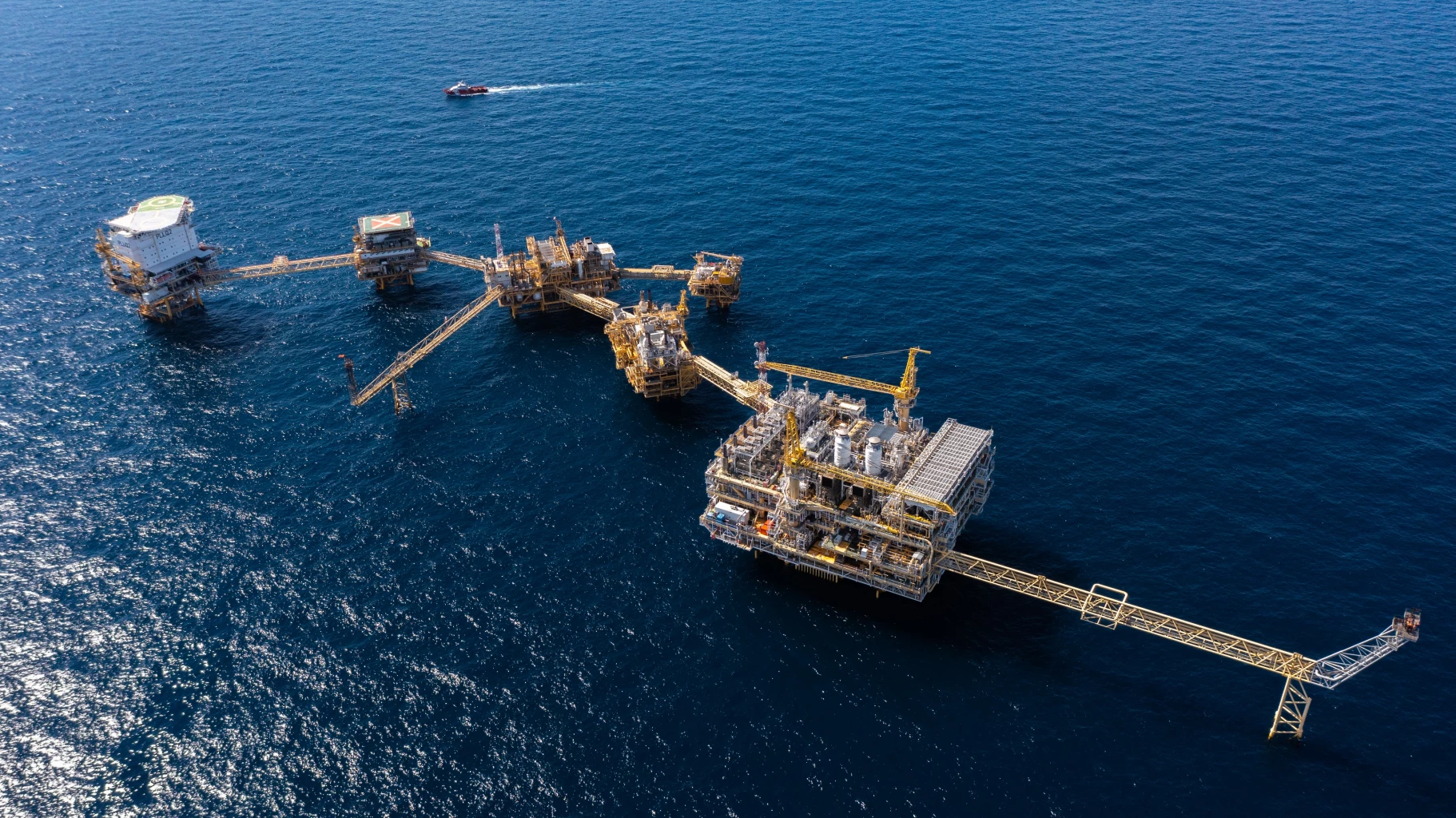Crude clings to $40s per barrel, eyeing Fed lift-off, Opec let-down

NOVEMBER might as well have not happened for the oil markets.
Aside from NYMEX crude briefly slipping below the US$40-per-barrel mark on burgeoning US stockpiles, and some upticks towards the end of the month amid rising geopolitical tensions from the war against the Islamic State jihadis, Brent and WTI (West Texas Intermediate) were mostly locked in languid sideways movements through November.
All eyes were turned towards a few major events in December: expectations of an interest-rate increase at the US Federal Reserve meeting on December 15-16; the Opec (Organisation of Petroleum Exporting Countries) meeting in Vienna on December 4 maintaining the status quo; and the climate-change talks in Paris from November 30 to December 11, which could have longer-term implications for fossil fuels.
Venezuela, striving again to have its voice heard ahead of the Opec meeting, warned of oil dropping to the low-$20s per barrel if the producers’ group failed to act. Ali Naimi, Saudi oil minister and Opec kingpin, responded with platitudes about the kingdom’s willingness to “cooperate” with producers to “maintain market and price stability”.
As the markets priced in a Fed rate increase, the US dollar rallied, lending further downward pressure to oil prices. Meanwhile, rising oil stocks in the United States and elsewhere in OECD (Organisation for Economic Cooperation and Development) countries served as a reminder of the twin themes of persistent supply glut and weakening global demand growth.
The International Energy Agency’s figure of a record-high 3 billion barrels in OECD inventories as of end-September was bandied about a fair bit, and will no doubt be seen as a comfortable cushion against any major geopolitical shocks. The figure is up 10 per cent or 279 million barrels from a year ago. The stock build-up is expected to slow down next year, with non-Opec supply projected to shrink by more than 600,000 barrels per day.
The US Energy Information Administration expects domestic crude production to average 8.77 million barrels per day in 2016, down from 9.29mmbd this year. The question is whether the drop will be enough in the face of ever-rising Opec supplies, especially as Iran reaches its full potential, post-sanctions.
Iran’s oil minister, Bijan Zanganeh, reiterated his country’s determination to raise exports by 500,000b/d at the earliest possible opportunity, even if fellow Opec members did not make space for the new barrels.
On the demand side of the equation, the International Energy Agency as of November expected global consumption growth to slow down to 1.2mmb/d in 2016, after hitting a five-year high of 1.82mmb/d this year.
Meanwhile, a likely new global climate deal in Paris, while not moving markets in itself, is expected to lead to a gradual decline in the use of fossil fuels either because of carbon-pricing policies or direct regulation of emissions. But the oil markets will think about that tomorrow, rather than right now.
Entering the final month of a turbulent 2015, the focus was more on pricing in geopolitics than de-carbonisation, as the US-led coalition launched “Operation Tidal Wave II”, a campaign of air strikes against oilfields and associated infrastructure in Syria in a bid to cripple Islamic State’s main source of revenue.
Syria is not a major crude-oil producer; its output is said to have dropped |below 50,000b/d since Islamic State advanced into the country. The risk oil needs to price in is tensions around the jihadist group leading to a wider conflict in the region.
It looks like we will end the year weighing the fear premium of “Tidal Wave II” against the discount of an oncoming “Oil Flood II”.
Vandana Hari is Asia editorial director at Platts.





